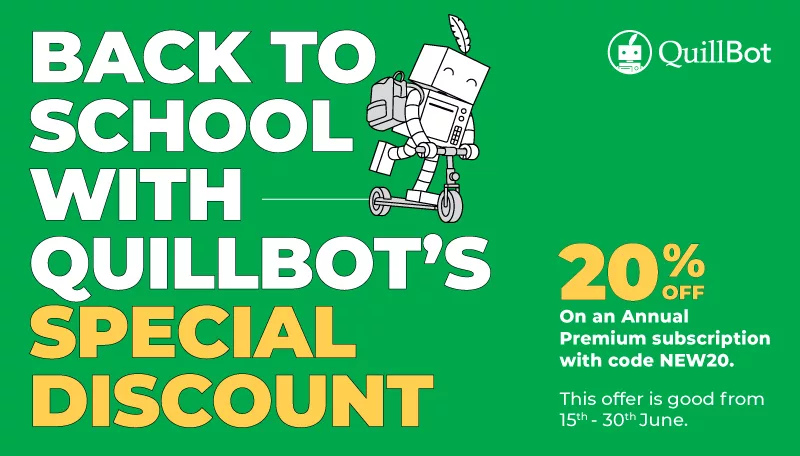
Mobile apps have become an integral part of our daily lives. From social media platforms to productivity tools, mobile apps cater to a wide range of needs and preferences. However, with millions of apps available on app stores, competition for user attention is fierce. To stand out and succeed, it’s crucial for app developers and marketers to focus on boosting mobile app engagement and retaining users. In this comprehensive guide, we’ll explore effective strategies to keep users hooked and maximize the success of your mobile app.
Contents
Understanding Mobile App Engagement
- What is Mobile App Engagement?
- Why is Mobile App Engagement Important?
Creating a User-Centric App
- User-Friendly Interface
- Personalization and Customization
- Seamless Onboarding Experience
Providing Value through Content
- High-Quality Content Delivery
- Regular Updates and Fresh Content
Implementing Gamification
- The Power of Gamification
- Reward Systems and Achievements
Social Integration and Community Building
- Social Sharing Features
- In-App Communities
Analyzing User Behavior
- Utilizing Analytics Tools
- A/B Testing and User Feedback
Push Notifications Done Right
- Personalized Notifications
- Timing and Frequency
Performance Optimization
- Speed and Reliability
- Compatibility Across Devices
Monetization without Alienation
- Ad Placement and Frequency
- In-App Purchases and Premium Features
User Support and Communication
- Responsive Customer Support
- User Feedback Channels
Monitoring and Adapting
- Continuous Improvement Strategies
- Staying Updated with Industry Trends
Leveraging User Data Responsibly
- Data Privacy and Security
- Personalization vs. Privacy Concerns
Competitor Analysis
- Learning from Competitors
- Innovating and Staying Ahead
Case Studies and Success Stories
- Real-Life Examples of Engagement Boosting
Conclusion
- Summing It All Up
Understanding Mobile App Engagement
What is Mobile App Engagement?
Mobile app engagement refers to the level of interaction and activity that users have within an app. It goes beyond mere downloads and includes actions like in-app purchases, sharing content, providing feedback, and spending time within the app.
Why is Mobile App Engagement Important?
Mobile app engagement is crucial because it directly correlates with the app’s success. Engaged users are more likely to continue using the app, making in-app purchases, and recommending it to others. Higher engagement leads to better retention rates and increased revenue opportunities.
Creating a User-Centric App
User-Friendly Interface
One of the key aspects of keeping users hooked is providing a user-friendly interface. Ensure that your app is intuitive, easy to navigate, and visually appealing. A cluttered or confusing interface can drive users away.
Personalization and Customization
Allow users to personalize their experience within the app. Personalization fosters a sense of ownership and attachment, making users more likely to return. Provide customization options for features, themes, and notifications.
Seamless Onboarding Experience
The onboarding experience should be seamless and informative. Guide users through the app’s features and benefits, making it easy for them to understand how to use it effectively.
Providing Value through Content
High-Quality Content Delivery
Deliver high-quality and relevant content to users. Whether it’s informative articles, entertaining videos, or interactive quizzes, ensure that the content adds value to the user’s experience.
Regular Updates and Fresh Content
Keep users engaged by regularly updating the app with fresh content. Stagnation can lead to user boredom and eventual abandonment.
Implementing Gamification
The Power of Gamification
Gamification involves adding game-like elements to your app. This can include challenges, rewards, and leaderboards. Gamification makes the app experience more enjoyable and competitive.
Reward Systems and Achievements
Implement reward systems that acknowledge user achievements. Offer virtual rewards, badges, or discounts for completing tasks or reaching milestones within the app.
Social Integration and Community Building
Social Sharing Features
Allow users to share their achievements and activities on social media. This not only promotes the app but also encourages healthy competition among users.
In-App Communities
Create a sense of community within your app. Users should feel like they are part of a larger group with shared interests. Incorporate features like forums or chat rooms for interaction.
Analyzing User Behavior
Utilizing Analytics Tools
Use analytics tools to gain insights into user behaviour. Track user actions, preferences, and the paths they take within the app. This data can inform your engagement strategies.
A/B Testing and User Feedback
Conduct A/B testing to experiment with different features or layouts. Additionally, actively seek user feedback and implement changes based on their suggestions.
Push Notifications Done Right
Personalized Notifications
Send personalized push notifications that are relevant to the user’s preferences and behaviours. Avoid bombarding users with irrelevant messages.
Timing and Frequency
Consider the timing and frequency of notifications. Don’t overwhelm users with too many notifications, especially at inconvenient times.
Performance Optimization
Speed and Reliability
Ensure that your app is fast and reliable. Users are more likely to engage with an app that responds quickly and doesn’t crash or freeze.
Compatibility Across Devices
Optimize your app to work seamlessly across different devices and operating systems. A broader user base increases the potential for engagement.
Monetization without Alienation
Ad Placement and Frequency
If your app includes ads, be mindful of their placement and frequency. Intrusive ads can frustrate users and lead to disengagement.
In-App Purchases and Premium Features
Offer in-app purchases and premium features without alienating free users. Striking the right balance is essential to keep users engaged.
User Support and Communication
Responsive Customer Support
Provide responsive customer support to address user concerns and issues promptly. A positive support experience can improve user satisfaction.
User Feedback Channels
Create channels for users to provide feedback and suggestions. Show that you value their input and are committed to making improvements.
Monitoring and Adapting
Continuous Improvement Strategies
Continuously analyze user engagement data and adapt your strategies accordingly. What works today may not work tomorrow, so stay agile.
Staying Updated with Industry Trends
Keep abreast of industry trends and incorporate relevant innovations into your app. Staying ahead of the curve can attract and retain users.
Leveraging User Data Responsibly
Data Privacy and Security
Respect user data privacy and security. Implement robust security measures and be transparent about data usage.
Personalization vs. Privacy Concerns
Balance personalization with privacy concerns. Users should feel that their data is being used to enhance their experience, not invade their privacy.
Competitor Analysis
Learning from Competitors
Analyze your competitors to learn from their successes and mistakes. Identify gaps in the market and opportunities for improvement.
Innovating and Staying Ahead
While learning from competitors is important, focus on innovating and staying ahead. Offer unique features and experiences that set your app apart.
Case Studies and Success Stories
Explore real-life case studies and success stories of apps that have effectively boosted engagement. These examples can provide valuable insights and inspiration.
In conclusion, boosting mobile app engagement and keeping users hooked is a multifaceted process. By creating a user-centric app, providing value through content, implementing gamification, fostering social integration, analyzing user behaviour, optimizing performance, and more, you can enhance engagement and retention rates. Remember that user engagement is an ongoing effort that requires monitoring, adaptation, and a commitment to delivering a top-notch user experience.
FAQs
1. How long does it take to see improvements in mobile app engagement?
The timeline for seeing improvements in mobile app engagement can vary widely depending on the strategies implemented. Some changes may yield results within weeks, while others may take several months to show significant impact.
2. Are push notifications effective in increasing user engagement?
Push notifications can be effective when used strategically. Personalized and timely notifications can re-engage users, but excessive or irrelevant notifications can have the opposite effect.
3. What is the balance between monetization and user engagement?
The balance between monetization and user engagement depends on your app’s goals and target audience. It’s essential to offer value to free users while providing premium features for those willing to pay.
4. How can I ensure data privacy while collecting user data for personalization?
To ensure data privacy, follow industry best practices for data security, and be transparent about data collection and usage in your app’s privacy policy. Allow users to opt in or out of data collection.
5. Can I boost engagement without spending a significant budget on marketing?
Yes, boosting engagement doesn’t always require a substantial marketing budget. By focusing on user experience, content quality, and community building, you can naturally attract and retain users.





Leave a Comment
You must be logged in to post a comment